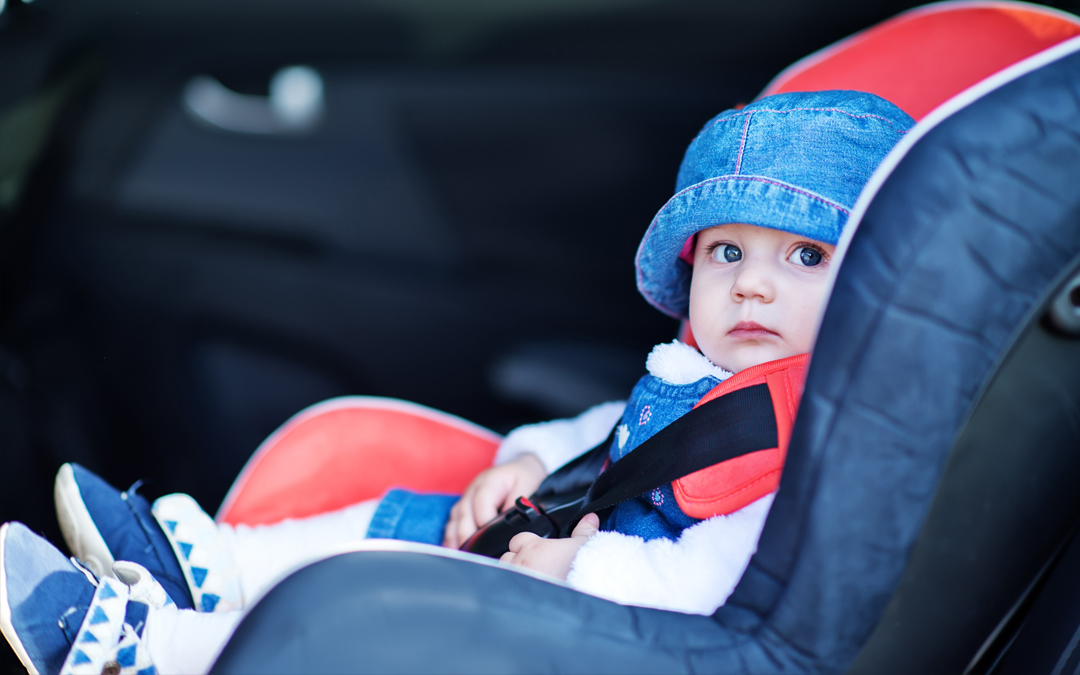
Katherine Bailey, CPNP, Partner
Katherine, better known as Katie, was born in Richmond, Virginia, and raised in North Chesterfield. She graduated from James River High School, with honors, in 2003.
Katie continued her education after high school at Virginia Commonwealth University where she earned a Bachelor of Science in Nursing, a Bachelor of Science in Psychology, and a Master of Science in Nursing with a specialty in Pediatrics. She excelled in the Honors College, minored in Spanish, and graduated magna cum laude. Katie, a certified pediatric nurse practitioner, is certified through the Pediatric Nursing Certification Board. During her school career, Katie visited Spain, studied abroad in Mexico, and helped build houses in Costa Rica.
When Katie is not caring for her patients, she spends time and vacations with friends and family, both locally and all over the world. She enjoys trying new restaurants, eating dinner with friends, cooking on the grill, boating, wake surfing, and attending concerts featuring her favorite country music artists. She loves games, all sorts, but especially if they involve a basketball. She even coached the girl’s basketball team at her church for a few years. Katie continues to spend time with the families she worked with in her earlier years as she developed long lasting strong bonds with them and especially loves playing with their children and teenagers.
Passionate about Pediatrics, Katie tries to make the office a fun experience instead of a scary one. She strives to stay punctual during the day while still giving each patient her undivided attention and superior care. The bottom line, Katie loves children of all ages, whether they are sick or healthy, and wants to help them flourish from birth to college.




















 Andrea Gordon, M.D., FAAP, Partner
Andrea Gordon, M.D., FAAP, Partner






Recent Comments